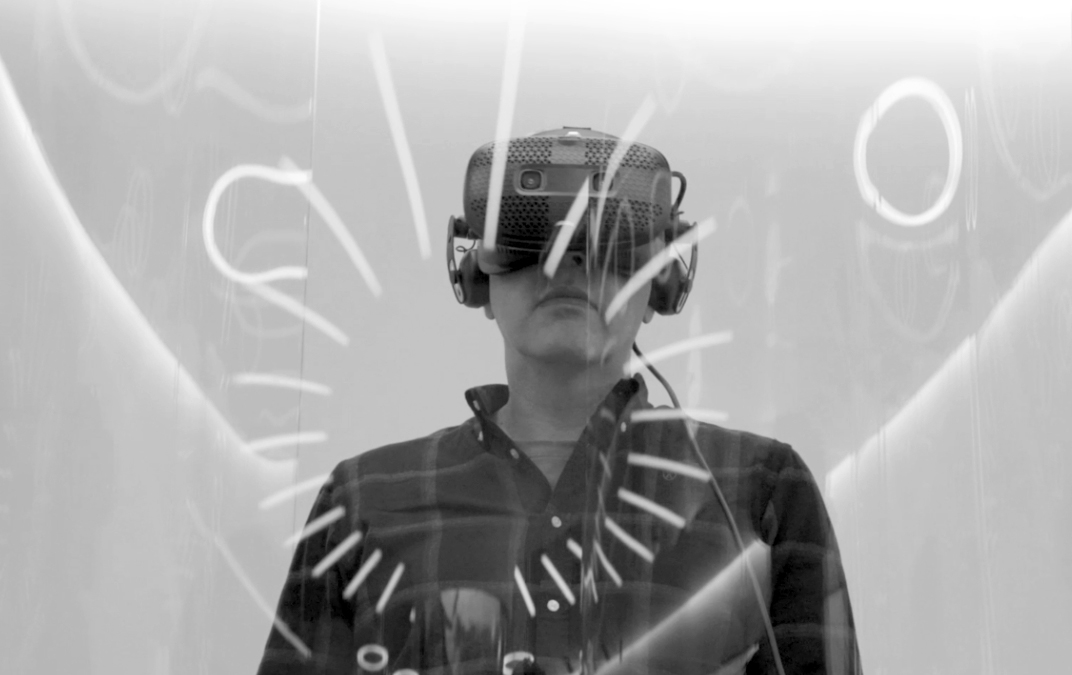Back to School: Back to the 19th century?
- Date
- Written by Darwin & Verne
BIC pens. Pencils. Erasers. Correction tape. Crayons. Pencil cases. Gridded refill sheets. Is it 1966? No: this is the result of a search on the "Back to School" page on Amazon. On the website of El Corte Inglés, on the other hand, uniforms and book reserves are the order of the day.
Boys and girls go back to school this September with backpacks, lunchboxes and pencil cases. Nothing seems to have changed in school since desks and blackboards were introduced in the 19th century. As if artificial intelligence, Google and video games didn't exist.
School equipment contrasts with what Generation Z children are demanding. I just came across a survey done in the United States by Barnes & Noble College, the school supplies division of the famous bookstore chain. According to the study, quoted by Education 3.0 magazine, students prefer to learn in digital and collaborative environments. Eighty-four percent praise digital whiteboards and 81% online textbooks. 80% prefer to learn with videos and even 72% already access podcasts, another formidable source of information and knowledge.
Young people want to learn both outside and inside the classroom: they do not understand a closed school and opt for videos and podcasts. But in some sectors, there is talk of a process of de-digitization, with unpredictable effects.
As stated in the report on Education and Generation Z by the consulting firm Mazinn, part of the Darwin & Verne ecosystem, for 84% of the boys and girls of this generation, learning outside the educational environment is as important as learning in the classroom.
But in schools there is a feeling of a return to the essentials. There is a proliferation of books and reports warning of the excessive exposure of the new generations to screens and the resulting attention deficit. In many Spanish schools it is forbidden to enter with a cell phone. This return to school with blackboards, notebooks and markers is not only a response to a strategy that can be described as old-fashioned: it is what parents of generations X and Y buy. It may not be the material that students would buy, but it is what is still used in Spanish schools and what we older people associate with education.
Then there is what a recent Dell survey of 12,000 students around the world reflects: 56% say the digital training they received in school was very basic or nonexistent. They arrived at college or the working world having acquired technology skills in a self-taught manner.
"The generalized incorporation of technologies in the training system is still far from what the end user demands", says in its conclusions the field study carried out by Mazinn. In many educational forums, the idea that screens should be turned off in classrooms has become commonplace. There is even talk of "de-digitization".
The effects that this technophobia can have on student education are unpredictable. It would mean that Spanish schools would not teach students how to manage in digital and virtual environments and how to make the most of Artificial Intelligence and the information and knowledge offered by a screen.
Technology spending remains secondary
In the second week of September, 8 million children and youngsters will be lining their books, preparing their pen and marker collections at home and trying on their new uniforms or those inherited from siblings and cousins. This year there will be a nod to Barbie, Pikachu (he never gets old) and the heroines of the national team, in the backpacks of thousands of boys and girls.
According to data from previous years, Spanish households spend an average of 335 euros on the Back to School for each student. The budget varies according to age. Spending in the first cycle of infant education amounts to 97 euros, but rises to 207 in the second cycle. In primary school, parents invest an average of 334 euros, 418 in ESO, 487 in Bachillerato and 384 in the intermediate cycles of Vocational Training.
The entry of digital occurs in the later stages, when students have already been consuming and living in online environments for years.
Spending on technology remains modest. Of these 335 euros of budget per student, 98 go to textbooks, 34 to uniforms, 64 to stationery, 96 to computers and 43 to other products. The consumption of technological material is barely existent when they are small and shoots up in ESO and Bachillerato. We grow up writing on paper and drawing in pencil.
It's not the technology: it's the networking
Educational marketing today is focused on recruitment. Schools have been emptying for decades due to the demographic crisis and schools, kindergartens and high schools are struggling not to lose students. The fear of closing classrooms and dropping subjects due to a lack of students has taken hold in many schools. The same thing is happening in practically all stages of compulsory education. Another thing is Vocational Training, where the demand grows every year without the necessary places being offered.
We have lived through a few years in which schools have sought differentiation, especially through languages and technology. From my years of experience in the education sector, parents come to Open Days (formerly called Open Day) and interviews with the Director with 50-50% concern for their baby's future career prospects and for their happiness and emotional stability.
The marketing of educational centers is focused on recruitment
and in differentiating themselves by creating competitive environments
Nowadays, differentiation is not in the educational curriculum, but in networking. Inequality is evident in Spanish classrooms and many parents aspire for their children to grow up in a competitive environment, free from any difficulty of integration, which guarantees that they will climb the social ladder or, at least, not lose them.
Back to School. One of the terms that define the end of summer together with the fall of the first leaves. The news will show the happiness on the children's faces and a certain melancholy in the parents' eyes. Undoubtedly, it is the best money invested. Without pencils there is no paradise. But without screens there may be no future.

